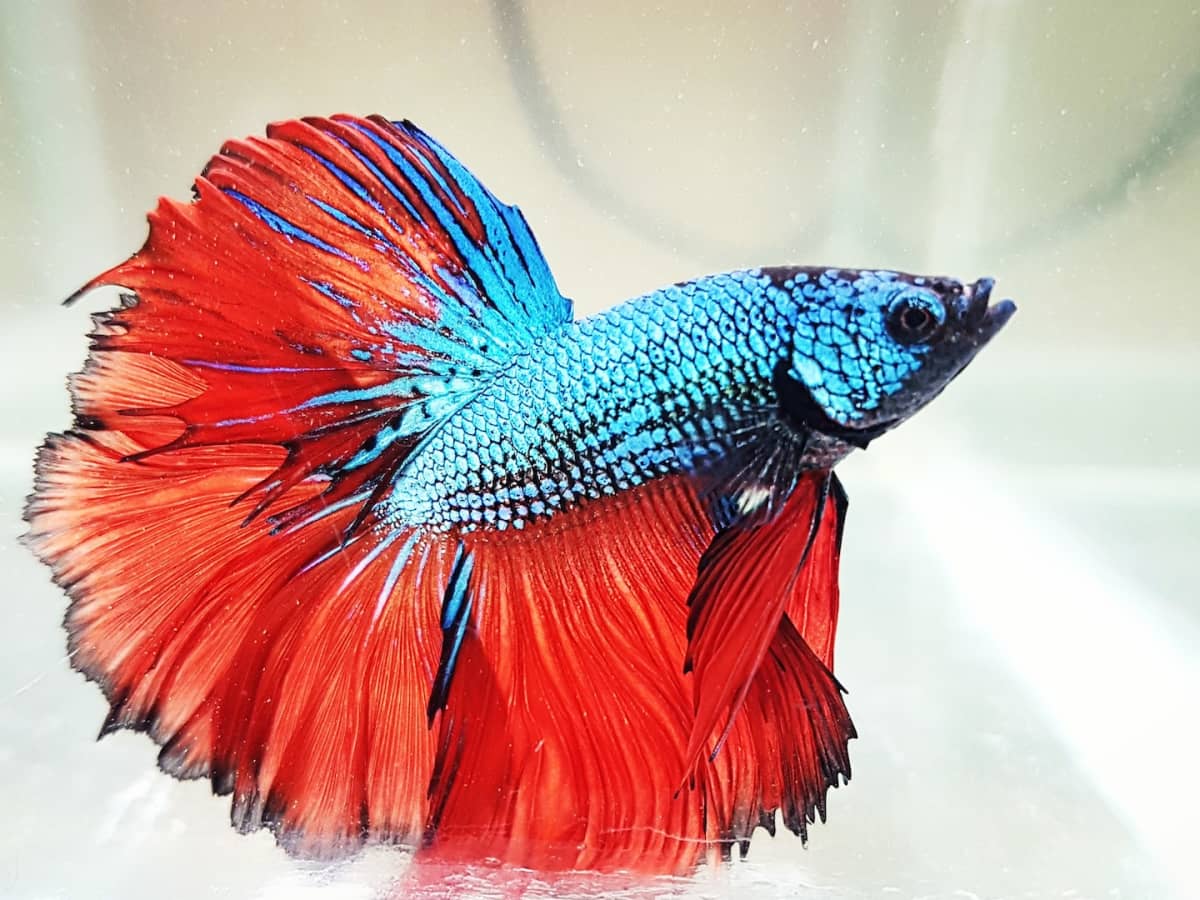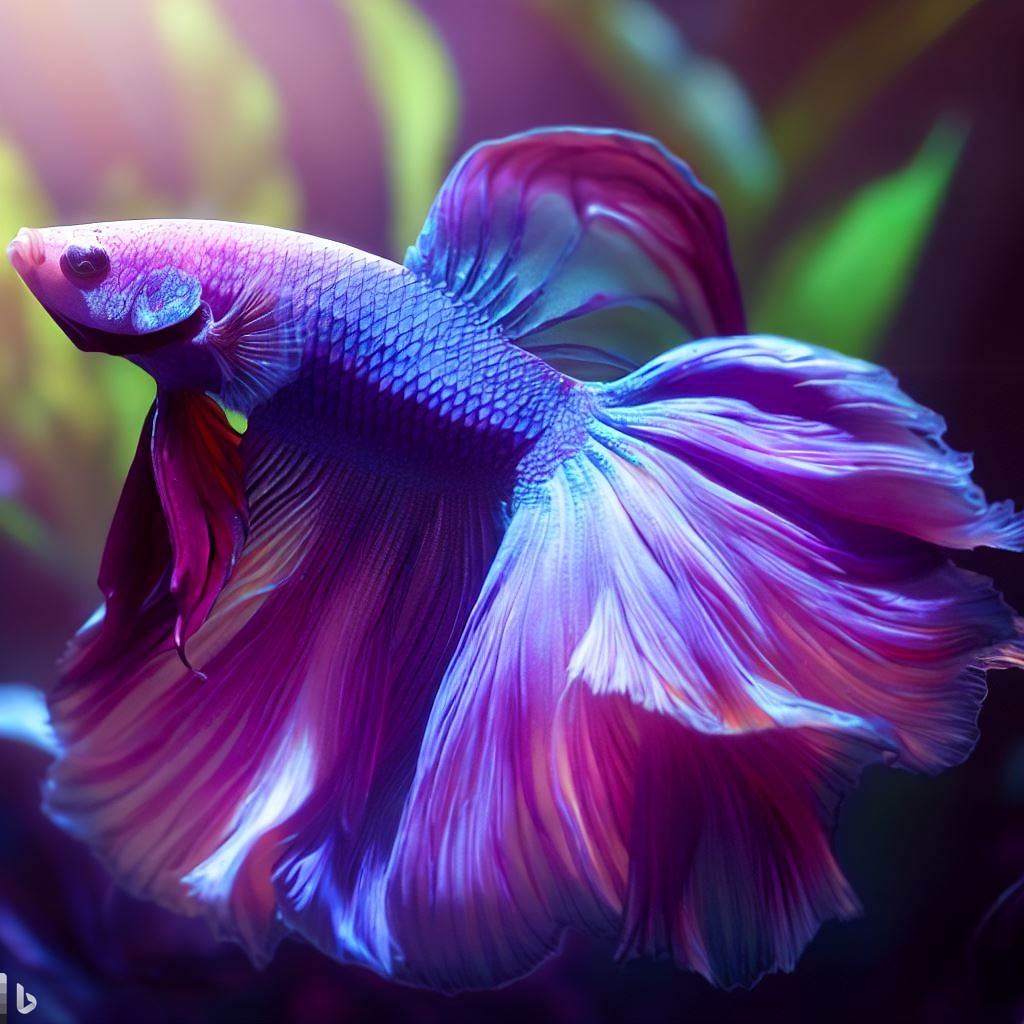How to Present Betta Fish to an Area Container Securely
How to Present Betta Fish to an Area Container Securely
Blog Article
All About Betta Fish: Recognizing Their Distinct Demands, Behavior, and the most effective Practices for Optimal Treatment
Comprehending the one-of-a-kind demands and actions of Betta fish is important for any kind of aquarist looking to offer ideal care. betta fish. As we discover these elements further, the effects for both beginner and skilled fish keepers end up being progressively noticeable, raising questions concerning exactly how ideal to fit these amazing fish in our homes.
Betta Fish Overview
Although commonly admired for their vibrant shades and moving fins, Betta fish, clinically called Betta splendens, are intricate animals that call for particular care to grow. Originating from Southeast Asia, these freshwater fish are recognized for their territorial nature and one-of-a-kind behaviors. Betta fish show sexual dimorphism, with men showing more vibrant colors and longer fins than ladies.
Their hostile propensities, specifically amongst males, demand mindful consideration when real estate them. Bettas are frequently maintained in single-specimen containers to stop territorial disputes. Nevertheless, they can exist side-by-side peacefully with specific compatible species in bigger neighborhood tanks, gave the atmosphere meets their demands.

To make sure optimum treatment, aquarists have to understand their distinct behavior traits, dietary requirements, and habitat demands. betta fish. With appropriate interest, Betta fish can display their lively individualities and prosper in a properly maintained aquarium setup
All-natural Environment and Setting
Betta fish prosper in a diverse series of all-natural habitats, primarily found in the superficial waters of Southeast Asia, consisting of rice paddies, swamps, and slow-moving streams. These atmospheres are defined by warm temperature levels, normally between 75 ° F and 82 ° F(24 ° C and 28 ° C ), and a pH level varying from 6.5 to 7.5, which is ideal for their wellness and health.
In their natural surroundings, Betta fish are accustomed to thick greenery, providing both sanctuary and breeding premises. The presence of plants such as drifting water lilies and thick lawns not only supplies security from predators yet likewise adds to the oxygenation of the water, which is crucial for their breathing requirements. Furthermore, these settings commonly have areas of still water, permitting Betta fish to exhibit their all-natural behaviors such as bubble nesting.
Recognizing the natural environment of Betta fish is essential for aquarium fanatics. Replicating these problems-- through water temperature level, pH equilibrium, and the addition of live plants-- can substantially enhance the total health and long life of these exciting fish, ensuring they grow in a home fish tank setup.
Social Actions and Interactions
Comprehending the social actions and interactions of Betta fish is vital for effective fish tank management. Betta fish, or Siamese battling fish, are understood for their special behavior qualities, defined mostly by territoriality and hostility.
Alternatively, women Bettas show much less hostile habits and can exist side-by-side in teams, referred to as sororities, if introduced properly. However, it is crucial to check their communications very closely, as power structure and supremacy can cause disputes. Recognizing the dynamics within a Betta community is essential; establishing hiding spots and ensuring ample space can alleviate hostility.
Furthermore, Betta fish may also present interest and social habits towards other species. While they can exist side-by-side with particular non-aggressive storage tank companions, it is vital to choose suitable types to avoid stress and anxiety and aggressiveness. In general, recognizing these social communications is crucial to cultivating a harmonious aquarium setting for Betta fish.
Vital Treatment Standards
Providing appropriate treatment for Betta fish is important to their wellness and well-being. Routine water adjustments-- roughly 25% once a week-- aid maintain water high quality.
Betta fish call for a suitable tank size; a minimum of 5 gallons is suggested to offer ample space for swimming and hiding. Include decors and plants to develop a revitalizing setting, however avoid sharp items that might damage their fragile fins.

Last but not least, guarantee the container is geared up with a filter to More Help keep the water tidy, but use a mild filter to stay clear of strong currents that can stress the fish. By adhering to these essential care guidelines, proprietors can advertise a healthy and vibrant Betta fish.
Common Health And Wellness Issues and Solutions
In the treatment of Betta fish, understanding of typical health problems is necessary for maintaining their well-being. One common issue is fin rot, typically brought on by inadequate water high quality or microbial infection. Symptoms include frayed or discolored fins. To treat fin rot, boost water problems and take into consideration utilizing a broad-spectrum antibiotic.
Another typical condition is ich, a parasitic infection characterized by white spots on the fish's body (betta fish). Treatment includes read this post here enhancing water temperature level and including fish tank salt to the container, as this can assist get rid of the parasite
Swim bladder condition is also often observed, causing buoyancy issues. This problem may develop from overfeeding or irregularity. A fasting duration of 24-48 hours, adhered to by a diet plan of blanched peas, can provide alleviation.
Lastly, bettas might struggle with velvet illness, indicated by a gold dust-like appearance on their skin. Treatment commonly calls for medicine particularly designed for exterior bloodsuckers, alongside enhanced tank hygiene.
Normal monitoring of water parameters, preserving a tidy setting, and giving a balanced diet are vital preventive measures. By addressing these wellness issues immediately, Betta fish can lead much healthier, much more vivid lives.
Conclusion
In summary, effective betta fish care requires an understanding of their distinct demands and actions. Providing a suitable environment, anonymous consisting of proper storage tank size and water conditions, is vital for their wellness. In addition, identifying their territorial nature and making sure ample concealing areas can stop aggressiveness. Routine monitoring of health and wellness and water quality, along with a balanced diet plan, contributes to the long life and vibrancy of betta fish. Sticking to these guidelines will promote a successful aquatic ecological community for these fascinating creatures.
Report this page